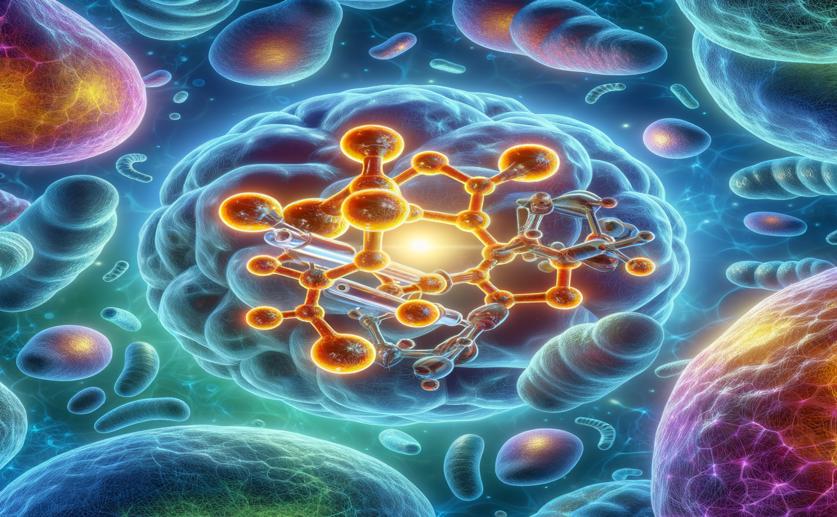
Ginsenoside Rk1 Reduces Cell Stress and Prevents Cell Death in Diabetic Pancreas
Jenn Hoskins
28th May, 2024

Image Source: Natural Science News, 2024
Key Findings
- The University of Macau study explored the effects of Ginsenoside Rk1 on pancreatic β-cells under ER stress and high-fat diet-induced diabetes
- Ginsenoside Rk1 reduced ER stress-induced apoptosis in pancreatic β-cells by activating the IGF-1R pathway
- In diabetic mice, Ginsenoside Rk1 decreased pancreas weights and increased pancreatic insulin content, suggesting protection against high-fat diet effects
References
Main Study
1) Ginsenoside Rk1 Ameliorates ER Stress-Induced Apoptosis through Directly Activating IGF-1R in Mouse Pancreatic [Formula: see text]-Cells and Diabetic Pancreas.
Published 27th May, 2024
https://doi.org/10.1142/S0192415X24500484
Related Studies
2) Endoplasmic reticulum stress in the β-cell pathogenesis of type 2 diabetes.
3) Therapeutic Potential of Ginsenosides as an Adjuvant Treatment for Diabetes.
4) GLP-2 as Beneficial Factor in the Glucose Homeostasis in Mice Fed a High Fat Diet.



 23rd May, 2024 | Greg Howard
23rd May, 2024 | Greg Howard